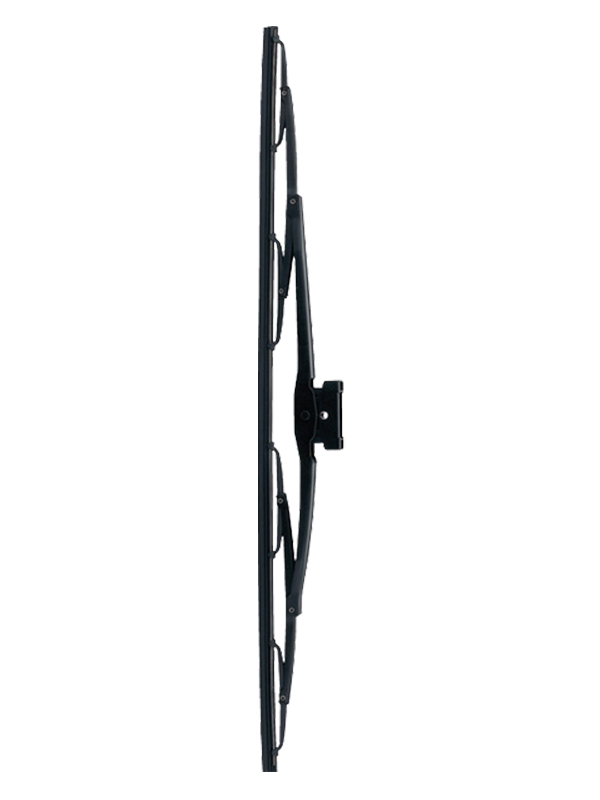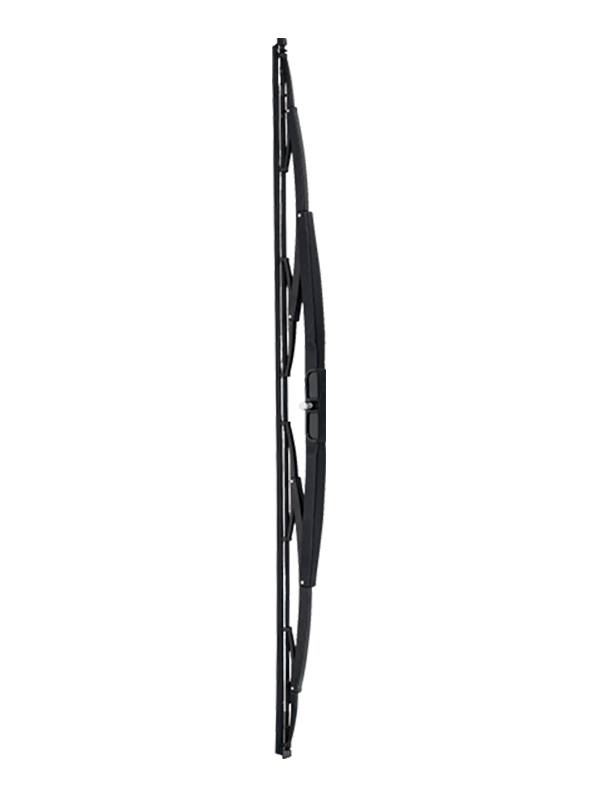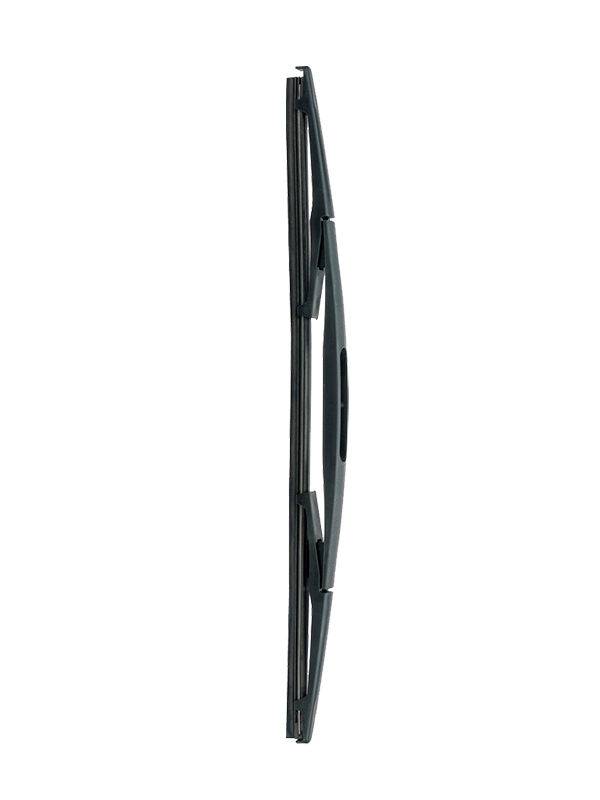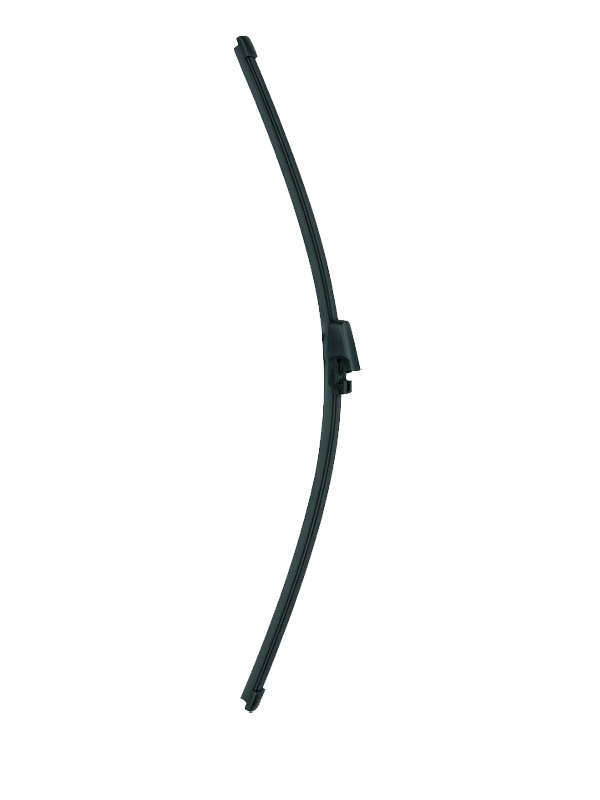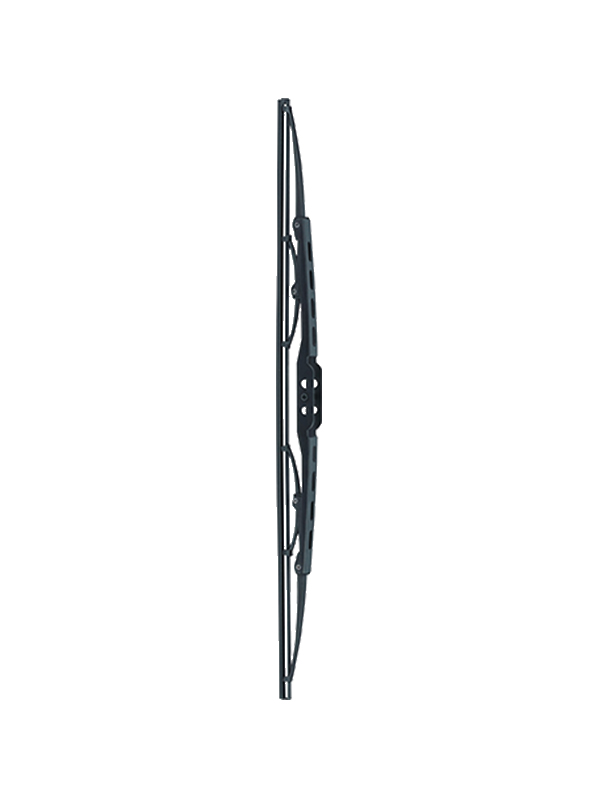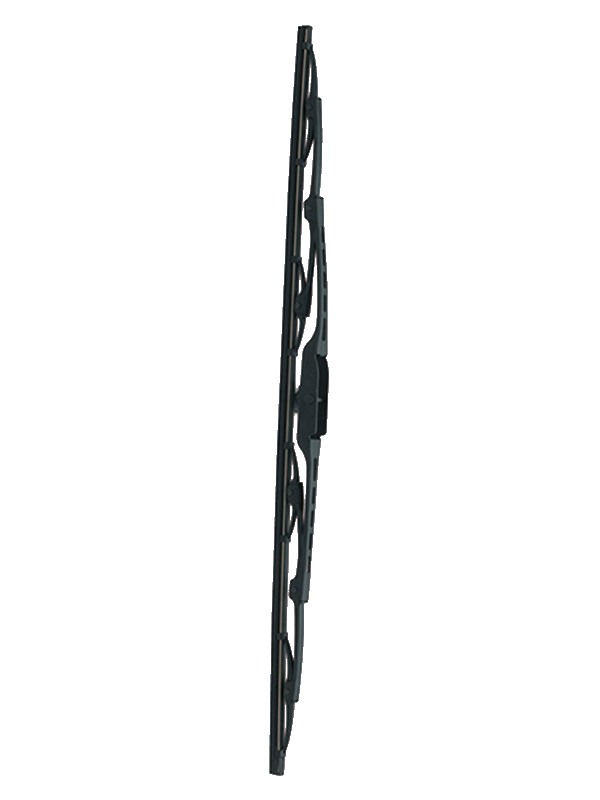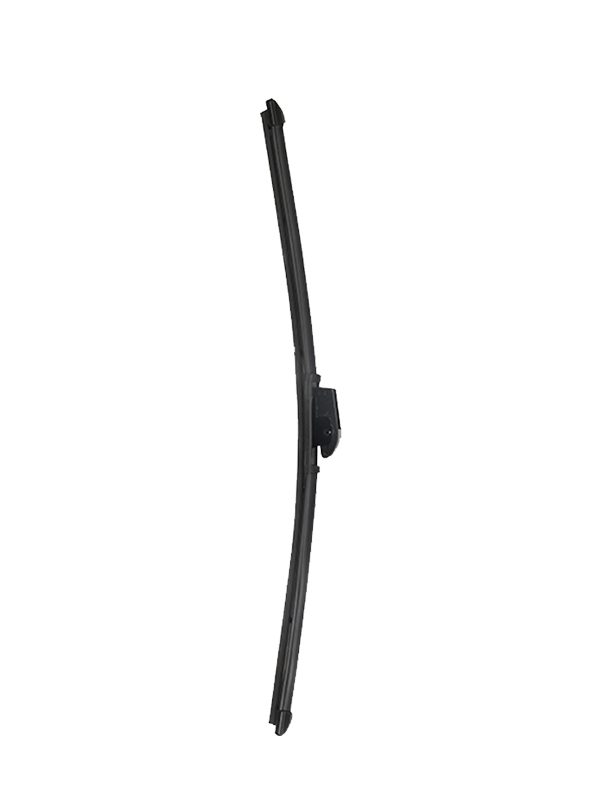Submit feedback
What is a Rear Wiper?

Definition and Functional Role of the Rear Wiper
A rear wiper, also known as a rear window wiper, is a crucial automotive component installed on the rear windshield of vehicles. Its primary function is to remove rainwater, dirt, mud, and frost from the rear glass, ensuring clear visibility for the driver in all weather conditions. Compared to front wipers, the rear wiper has a more compact design, with different drive angles and motion ranges to suit the unique aerodynamics and curvature of the rear window.
In vehicle safety systems, the rear wiper plays an essential yet often overlooked role. On vehicles such as SUVs, hatchbacks, and multi-purpose vans, where the rear window surface area is large and angled, accumulation of water and dirt occurs frequently. Therefore, a properly functioning rear wiper directly contributes to driving safety, especially when changing lanes, reversing, or driving in rain or snow.
Aerodynamic Design — The Core Feature of the Rear Wiper
Among the various technical aspects of the rear wiper, aerodynamic design stands out as the key factor influencing performance and durability. Traditional wipers often suffer from wind resistance, vibration, and noise at high speeds. The aerodynamic rear wiper, however, solves these issues through streamlined contours, balanced pressure distribution, and noise-reduction mechanisms.
Streamlined Shape and Airflow Guidance
The aerodynamic rear wiper features a low-profile design, allowing the wiper arm and blade to create a smooth airflow channel along the rear window. As the vehicle moves, this shape minimizes wind drag, ensuring consistent contact between the blade and glass. Reduced air resistance not only prevents wiper lift-off but also significantly decreases operational noise, resulting in a quieter and more stable cleaning process.
Pressure Distribution and Contact Optimization
In conventional rear wipers, uneven pressure across the blade surface often leads to streaking or incomplete wiping. Aerodynamic designs counter this by optimizing the curvature of the wiper arm and the flexibility of the blade spine, ensuring uniform pressure along the entire length. This improvement provides cleaner wiping results, particularly on curved or sloped rear windows.
Noise and Vibration Control
Advanced aerodynamic rear wipers integrate internal dampening structures and flexible joints to absorb vibration during motion. The combination of soft rubber edges and air-guiding grooves minimizes frictional noise and prevents the common “chattering” effect. This feature is especially valuable for large rear windows found on SUVs or hatchbacks, offering a smooth, quiet performance even at highway speeds.
Structure and Working Principle of the Rear Wiper System
A rear wiper system consists of multiple coordinated components, each fulfilling a distinct function. Together, they ensure reliable operation under varying weather and environmental conditions.
| Component | Function Description | Key Features |
|---|---|---|
| Rear Wiper Arm | Transfers torque from the motor to the blade | Made from aluminum or reinforced plastic; lightweight and corrosion-resistant |
| Rear Wiper Blade | The wiping element that contacts the glass | Flexible rubber or silicone for tight surface contact |
| Rear Wiper Motor | Provides rotational power | Steady torque, high vibration resistance |
| Wiper Linkage | Connects motor and arm for motion transmission | Enables precise angle control |
| Washer Jet | Sprays cleaning fluid onto the glass | Often synchronized with wiping motion |
Rear wiper manufacturers test each of these components for durability, waterproofing, and elasticity to ensure long-term stability in real-world operation.
Advantages of Aerodynamic Rear Wipers
The introduction of aerodynamic design brings both performance and safety benefits. Below are the key advantages that define modern rear wiper systems:
Enhanced Rear Visibility
The streamlined structure ensures consistent glass contact, maintaining a clear rear view under heavy rain, snow, or fog. This directly improves driving safety by reducing visual obstructions.
Reduced Noise and Energy Consumption
By minimizing air drag, aerodynamic rear wipers allow the motor to operate with less effort. The result is lower energy usage and significantly reduced wind noise — a critical factor for electric and hybrid vehicles.
Extended Component Lifespan
Even pressure distribution reduces wear on both the blade and the glass surface. Many rear wiper manufacturers use UV-resistant rubber and flexible silicone materials to maintain durability and elasticity over time.
Easy Installation and Maintenance
Modern aerodynamic wipers are designed with quick-connect mechanisms that simplify installation. Unlike older bolt-on systems, the modular structure allows fast replacement without special tools.
Material Trends in Rear Wiper Development
Material innovation is central to the evolution of the rear wiper. As the automotive industry moves toward lightweight and eco-friendly design, manufacturers increasingly adopt advanced composites and recyclable materials.
| Material Type | Application | Performance Characteristics |
|---|---|---|
| High-Strength Plastic | Wiper Arm | Lightweight, corrosion-resistant |
| Fluoroelastomer (FKM) | Blade Rubber | Heat-resistant, UV-stable |
| Silicone Composite | Blade Edge | High flexibility and silent operation |
| Stainless Steel Alloy | Connectors | Strong, fatigue-resistant |
| Thermoplastic Elastomer (TPE) | Housing Parts | Recyclable, durable, and soft-touch |
The adoption of such materials improves rear wiper performance while aligning with environmental sustainability and regulatory trends in automotive manufacturing.
Application Scenarios and Functional Expansion
In modern vehicles, the rear wiper has evolved beyond a mechanical cleaning tool into an integrated intelligent system.
Rain Sensor Integration: Rear wipers now work in conjunction with rain sensors to automatically adjust wiping frequency based on precipitation intensity.
Defogging Cooperation: Many rear wipers operate simultaneously with rear window heating systems to remove frost and condensation.
Camera Protection: Rear wipers help maintain the cleanliness of reversing or rear-view cameras, ensuring accurate visual data for parking or driving assistance systems.
Aerodynamic Deflector Combination: Some designs incorporate deflectors that redirect airflow to prevent water accumulation on the rear glass.
Through these enhancements, the rear wiper has become a key component of vehicle visibility and safety systems.
Development Trends Among Rear Wiper Manufacturers
Rear wiper manufacturers play a critical role in advancing this technology. As global demand for quieter, more durable, and energy-efficient components increases, manufacturers are innovating in several directions:
Modular Design: Enables compatibility across multiple vehicle platforms and simplifies maintenance.
Lightweight Construction: Integration of carbon fiber composites and recyclable polymers to reduce system mass.
Smart Control Integration: Incorporation of microchips and ECUs for adaptive speed and auto-stop functionality.
Eco-Friendly Production: Reduced use of solvent coatings and lead-free finishes to meet environmental standards.
CFD-Based Aerodynamic Optimization: Use of computational fluid dynamics to refine blade and arm profiles for better airflow and stability.
These advancements mark the shift from traditional mechanical systems to intelligent, high-performance rear wiper solutions.
Future Outlook of Rear Wiper Technology
The future of rear wiper systems lies in intelligent integration, aerodynamic synergy, and sustainable material use. Future designs will align more closely with the overall vehicle shape, reducing drag and enhancing energy efficiency.
With the growth of autonomous driving, rear wipers will also play a critical role in maintaining sensor and camera clarity. Smart self-cleaning coatings, hydrophobic films, and nanotechnology-based glass treatments may further reduce the need for mechanical wiping in the long term.
For electric and hybrid vehicles, energy efficiency will remain a top priority. Compact, low-power rear wiper motors and lightweight materials will be standard, while new eco-friendly production processes will define next-generation rear wiper manufacturers’ competitiveness.
Conclusion
Although small in size, the rear wiper is indispensable to driving safety and comfort. The adoption of aerodynamic design principles has transformed its performance, making it quieter, more efficient, and longer-lasting. From material innovation to smart system integration, the rear wiper reflects the automotive industry’s pursuit of precision, efficiency, and sustainability.


 English
English  中文简体
中文简体 

